Children were forced to learn in makeshift classrooms made of shipping containers and tents following a severe earthquake that struck western Afghanistan in October of last year, exposing persistent problems in the education sector. Hundreds of schools are still destroyed.
Six months after a major earthquake struck Herat province, Afghanistan, the education system continues to grapple with the aftermath. Hundreds of schools remain damaged, with students forced to attend lessons in makeshift classrooms due to the lack of repaired infrastructure.
In the village of Nayeb Rafi in Zindah Jan district, children sit crowded together in shipping containers, using lesson books in their laps to continue their studies. For 11-year-old Siyah Gul and others like her, access to education is uncertain, with looming restrictions under the Taliban government barring girls from secondary education and universities.
The earthquake, which claimed over 1,500 lives and damaged more than 63,000 homes, left a significant impact on the education sector. According to assessments by international organizations, nearly 300 public schools and learning centers were damaged, disrupting education for 180,000 students.
In Chahak village, where buildings were "completely destroyed" by the quake, teacher Mohammad Naseem Nasrat expresses concern over the uncertain future faced by children without proper schools. Decades of conflict and economic challenges have already strained Afghanistan's education system, with millions of children out of school, particularly girls facing cultural barriers.
In Kashkak village, 11-year-old Sefatullah's school was destroyed, leaving students without essential study materials. With makeshift classrooms like framed tents, the learning environment remains precarious, especially during inclement weather.
As Afghanistan navigates multiple crises, including economic, humanitarian, and climate-related challenges, the urgent need to restore and strengthen the education system becomes increasingly evident. The resilience of Afghan children and educators persevering under difficult circumstances underscores the importance of international support and investment in rebuilding educational infrastructure and ensuring access to quality education for all.



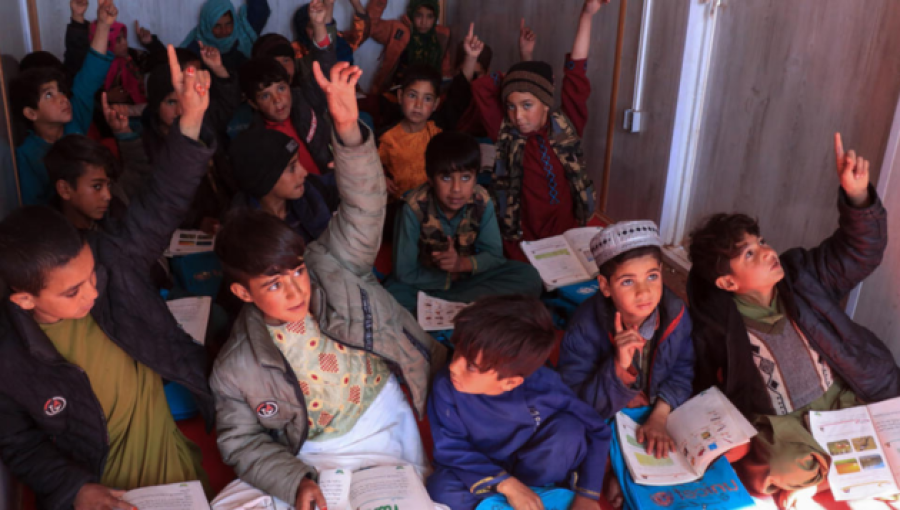

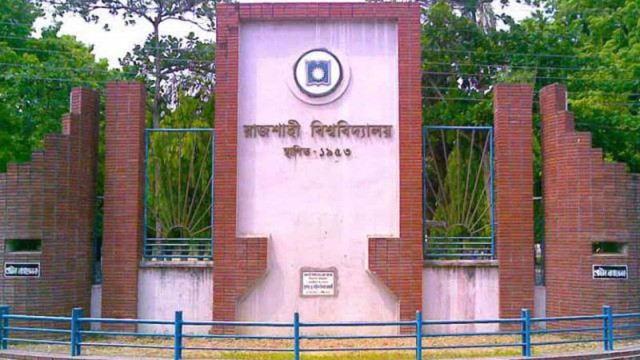
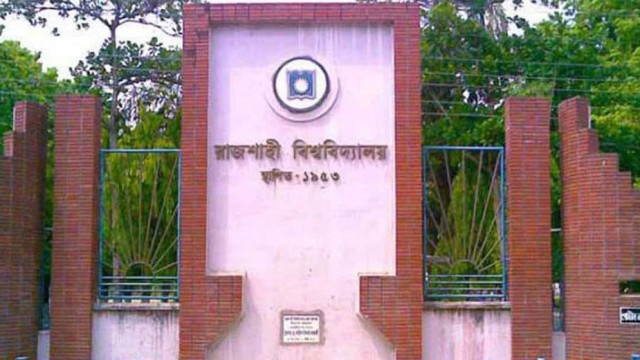






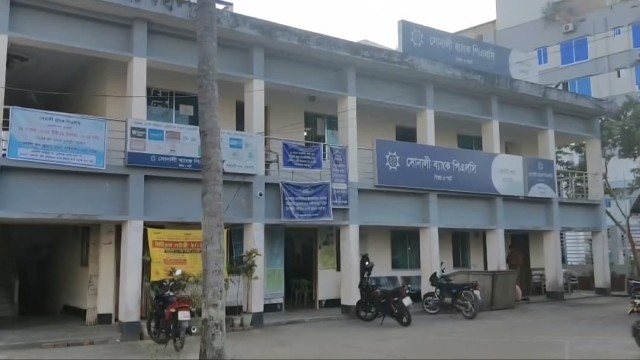
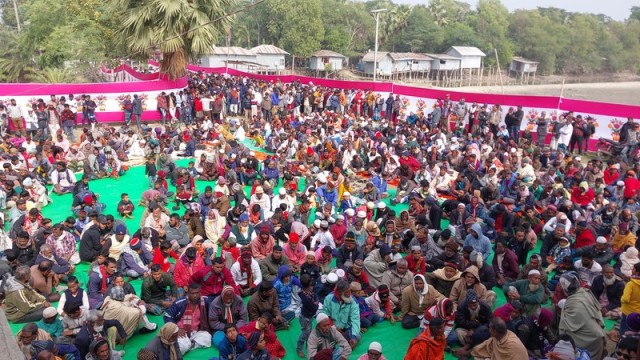
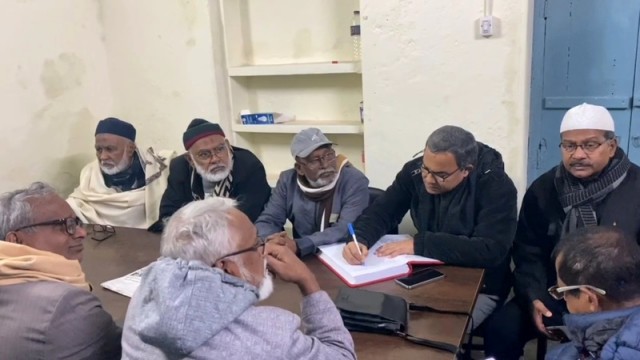






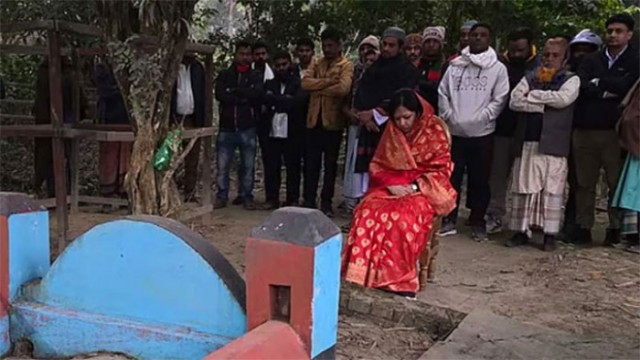


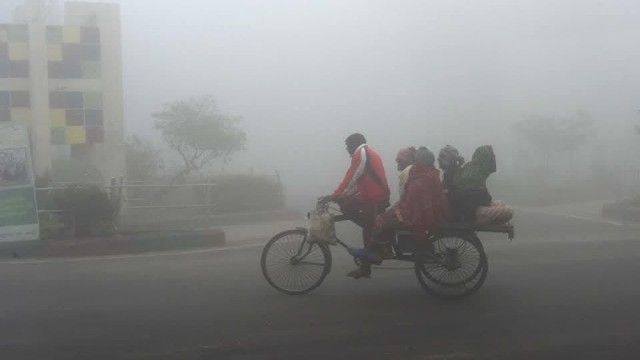
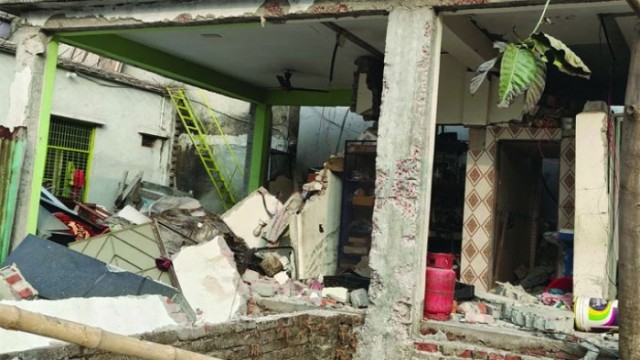


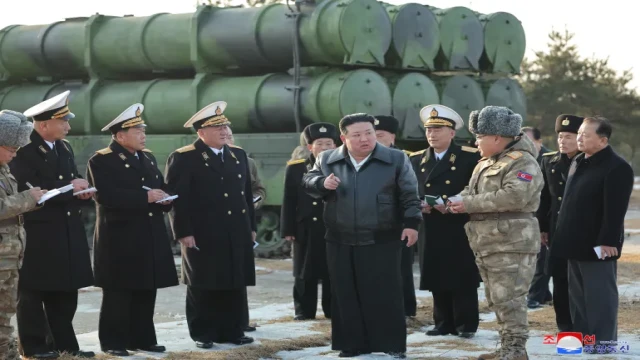

Comment: